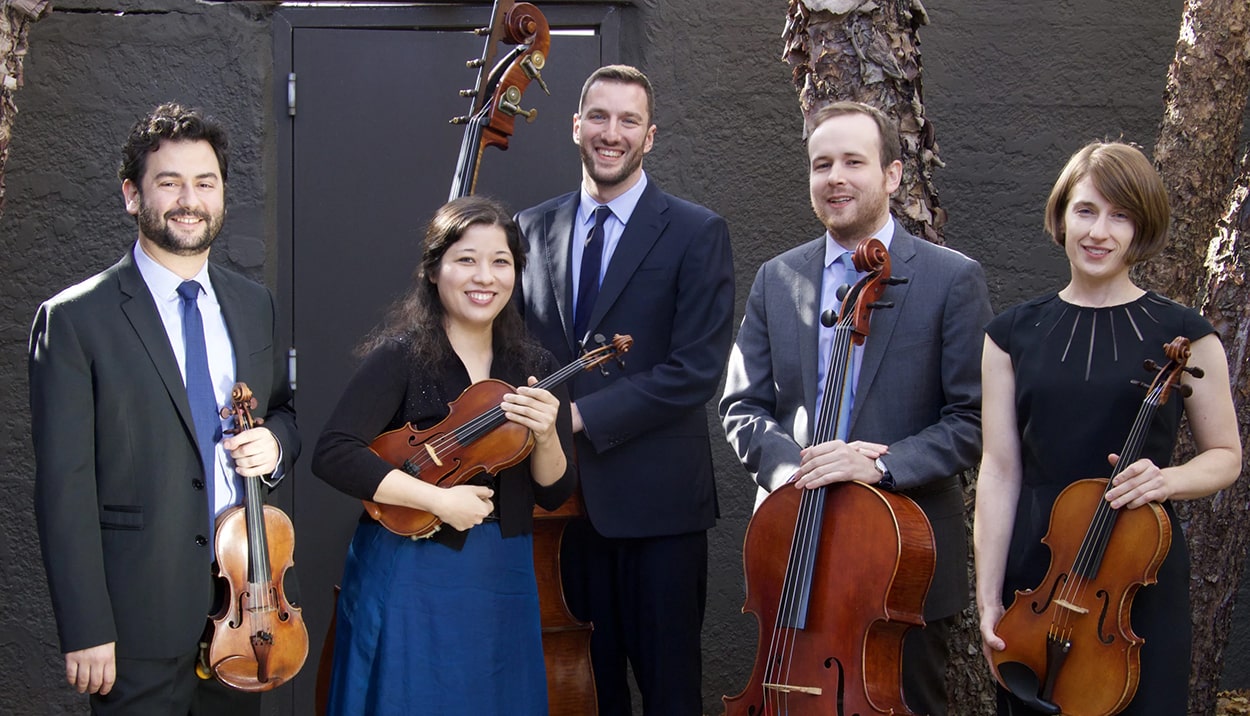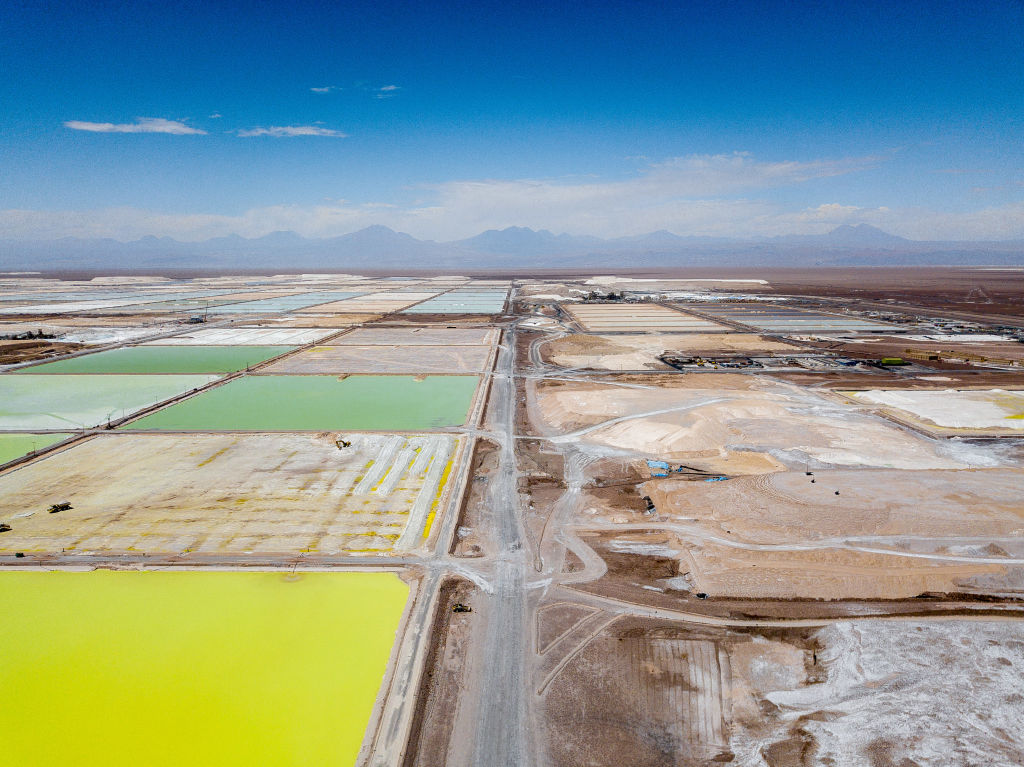Interview: Dr. Thomas Dillehay on Moon Tears: Mapuche Art and Cosmology
Interview: Dr. Thomas Dillehay on Moon Tears: Mapuche Art and Cosmology
Dr. Thomas D. Dillehay, a distinguished professor of anthropology at Vanderbilt University and Professor Extroardinaire at the Universidad de Chile, talks with AS/COA Online about the objects featured in Moon Tears: Mapuche Art and Cosmology from the Domeyko Cassel Collection—the current exhibition featured at the Americas Society.
“[O]ne of the elements of their culture that has helped the Mapuche to survive, even today as well, is their strong commitment to their cosmology and religion.”
Dr. Thomas D. Dillehay, a distinguished professor of anthropology at Vanderbilt University and Professor Extroardinaire at the Universidad de Chile, talks with AS/COA Online about the objects featured in Moon Tears: Mapuche Art and Cosmology from the Domeyko Cassel Collection—the current exhibition featured at the Americas Society. In a interview about how the history and rituals of Chile’s largest indigenous group are reflected in the exhibition, Dillehay emphasizes the ways that the Mapuche create linkages with their ancestors through ritual as well as some of the changes that have occurred in Mapuche communities over time.
In the late 1970s and 1980s, Dr. Dillehay directed excavations in Monte Verde, Chile, which included human artifacts dated at more than 12,500 years old. The discovery fundamentally changed migration theories of the Americas. He has authored 15 books, among them the award-winning 2007 publication Monuments, Empires and Resistance, as well as more than 200 refereed journal articles.
He is the guest curator for the Moon Tears exhibition, which reveals the sophisticated cosmology and social organization of the Mapuche from the late 1800s to the mid-1900s. Listen to the audio of Dillehay’s curatorial talk, titled Four Corners of the Universe.
Interview below.
 Lonko Makuñ, Woven Poncho, Domeyko Cassel Collection.
Lonko Makuñ, Woven Poncho, Domeyko Cassel Collection.
AS/COA Online: The exhibition covers three areas: contact, conquest, and political organization. How are these themes significant in the relation to the Mapuche and the exhibition?
Dillehay: These are three themes that probably best speak to the Mapuche history and to their present day conditions. One, in terms of Latin American history, the Mapuches make up one of the largest ethnic groups in all Latin America and the Mapuche successfully resisted outside influence for more than 300 years. So that first theme speaks to the resistance to the Spanish conquest and their political organization from about 1550 up to the late 1800s.
Second, one of the elements of their culture that has helped the Mapuche to survive, even today as well, is their strong commitment to their cosmology and religion. So it is important that a part of the exhibition focuses on that particular element. Some of the most colorful and importantly symbolic items in the entire collection relate to their cosmology and their religious beliefs, so the biggest portion of the exhibit belongs to that.
Third, because this is an ethnic group of between 900,000 and a million people living in Chile and a little bit in Argentina, we have to speak to what their condition is today. So that third element addresses that.
AS/COA Online: You have been doing research related to the Mapuche for over three decades. What are some of the more striking changes you’ve seen in their society over that period?
Dillehay: I would say that, like may other ethnic groups around the world, the impact of modernization and globalization are the changes that are taking place, primarily economically. The Mapuche have been brought more into the economic fold of modern-day Chilean society, what with having access to markets for their agricultural products, particularly in the case of those Mapuche living on reservations that are close to Chilean towns. That’s not so true for people living out in the countryside who are still sort of unacculturated. People in those groups pretty much practice the old traditional life. It’s almost like stepping back three or four hundred years, in some ways.
But second to that, the reducciones [reservations] have just a certain amount of land that can sustain a growing population. The overflow population is usually the younger people who are leaving the reducciones—boys and girls below, let’s say, 20 years of age—and moving into the cities and to work. One of the striking features I’ve seen in the past 20 or 30 years was that the average age on the reducciones is increasing. It probably used to be somewhere in the 30s and it is probably in the mid or late-40s now.
AS/COA Online: What are differences between how the Mapuche and Chileans view land and space?
Dillehay: The Mapuche see land as their history. They read it much like an encyclopedia of their history and what they have symbolically etched across that landscape and the form of ceremonial fields, earthen mounds, old burial grounds. Where they live today as well they have names for the volcanoes and mountains, objects that are animated and carry ancestors’ spirits and guardian spirits of the individual. Of course, they’ve always economically treated the land differently with what is called slash and burn agriculture: You cut the forests and grow crops on the cleared land, then you allow it to lie in recovery mode for several years, then you cut somewhere else so you rotate the crops around and you don’t deplete the soil. That’s a different kind of traditional land use than what the Chileans see land for—mainly timber, cattle, grazing, crops, so Chileans have a very different relationship with the land; it is mainly economic.
AS/COA Online: Can you talk more about with this relationship between the current and the ancestral world and how the Mapuche view space?
Dillehay: To the Mapuche, what sustains them and what really builds their history is the linkage between them and their ancestors. They have two kinds of ancestors. There are the authentic ancestors and those are the ones you can actually name, much like you and I would name our grandparents and great-grandparents. These individuals are brought into ceremonial fields and mentioned in ritual ceremonies and always thought of.
And then there are what are called the mythical ancestors. These are the great ancestors such as warriors of past times, whose names are known but they really don’t belong to a specific lineage anymore. Those are just general ancestors in general whose names are not even remembered. They are the mythical ones who are up high in the Wenumapu or the upper heavens of the Mapuche world.
But there’s also a term called admapu in the Mapuche language, which means the traditional way of doing things and it’s sort of a moral conviction that a Mapuche should follow the ancestral ways, which are considered the correct and good ways of doing things. So it’s a very strong linkage between these people and their ancestor cults, which exist in most of their rituals.
AS/COA Online: Can you talk a little bit about how that connection to the ancestor world is manifested in the objects of the exhibition?
Dillehay: What you see—not so much in the textiles and the blankets in the exhibit, but in a lot of the jewelry—you see the human figures that are hanging off the chest pendants. In a number of the objects, those are the guardian spirits, the ancestors protecting the living and the person wearing the jewelry, particularly in this case women, but sometimes men have jewelry with these pieces on them too. Then there are birds and other animals that are stylized and depicted on a number of these pieces of jewelry that represent ancestral spirits. So there is a very strong symbolic, metaphorical connection between the person wearing the jewelry and the jewelry itself that reminds them of and link them to the ancestor world directly.
AS/COA Online: You have mentioned that the teams you’ve worked with have done ethnoarcheological studies of the Mapuche rituals. What’s involved in that process?
Dillehay: What we do, archeologists study material culture and space, too, of ancient sites. But ethnoarcheology is where you treat living sites in the same way, where you study the spatial pattern in a material culture and what it says about human behavior. So in the case of these ceremonial fields we’ve been studying them in great detail, mapping them and studying the kinship patterns, and the kinds and the movements of food and other goods throughout these rituals. Essentially, we treat them like living archeological sites.

Peñi Epatum, 19th century Silver Figures, Domeyko Cassel Collection.
AS/COA Online: In doing that, have you noted change as well in the way that rituals are performed in Mapuche communities?
Dillehay: Oh, yes. In the past 30 years or so, there have been several major changes. One involves greater influence from the Catholic and evangelical churches and religions where you begin to see more crosses and people even sometimes bringing the Bible into some nguillatun ceremonies. But mostly these ceremonies are still very traditional, very Mapuche, and very indigenous. Second, there are fewer participants. Both the modern or Western religions of all denominations have drawn off a significant portion of the Mapuche and converted them over to Catholicism and Christianity and so forth. As a result of that, fewer people have attended some of the more traditional ceremonies.
AS/COA Online: I’ve heard you use the term “rescue” in terms of this exhibit in terms of how these objects were brought together. Why the term “rescue?”
Dillehay: Going back to the original comment, in this rapidly changing world of the Mapuche, since they got greater contact with modernization and globalization, many people—particularly the young ones—want to abandon the traditional life and they don’t want to be Mapuche. A lot of them don’t, although a lot of them do, too. Most of these people live in poverty. There are collectors who are willing to pay for these objects and a lot of them are going out of the country, purchased and going to U.S. museums or to Europe, Japan, China and so forth. They are just being scattered, so one of the things that this collection does is gather these objects before they become sold off and dispersed. It at least puts them in one collection so we know where they are. They are very good quality pieces as well. So, in a sense, they’re being rescued.
AS/COA Online: Are there any pieces in the collection that you feel are particularly rare or particularly representative of some special aspect of Mapuche culture?
Dillehay: I think they all are. The jewelry pieces are pretty typical of what’s found throughout most of the Mapuche territory. But I think that the ritual blankets that are in the exhibit and the ponchos are exceptional and becoming quite rare to find. Also, the founding couple, termed Peñi Epatun—the two silver statues—are quite rare too, and I think very exceptional. As well there are a few pieces here and there, some of the more colorful headbands that are called Gnitrowes with the little silver beads on red and blue cloth, those are also difficult to find these days and they’re exceptional pieces.







